Pescopennataro. The church of S. Bartolomeo Apostolo
2021
The church of San Bartolomeo Apostolo (1654), rebuilt in the twentieth century after the destruction of the world wars. Of particular interest is the high altar with the adjoining wooden tabernacle.
You may also like

2023
Spectacular photographs of sunsets in Molise
Molise is an Italian region with a stretch of coast overlooking the Adriatic Sea. It includes a part of the Abruzzo National Park in the Appennine mountain range, with a rich wildlife and trails.
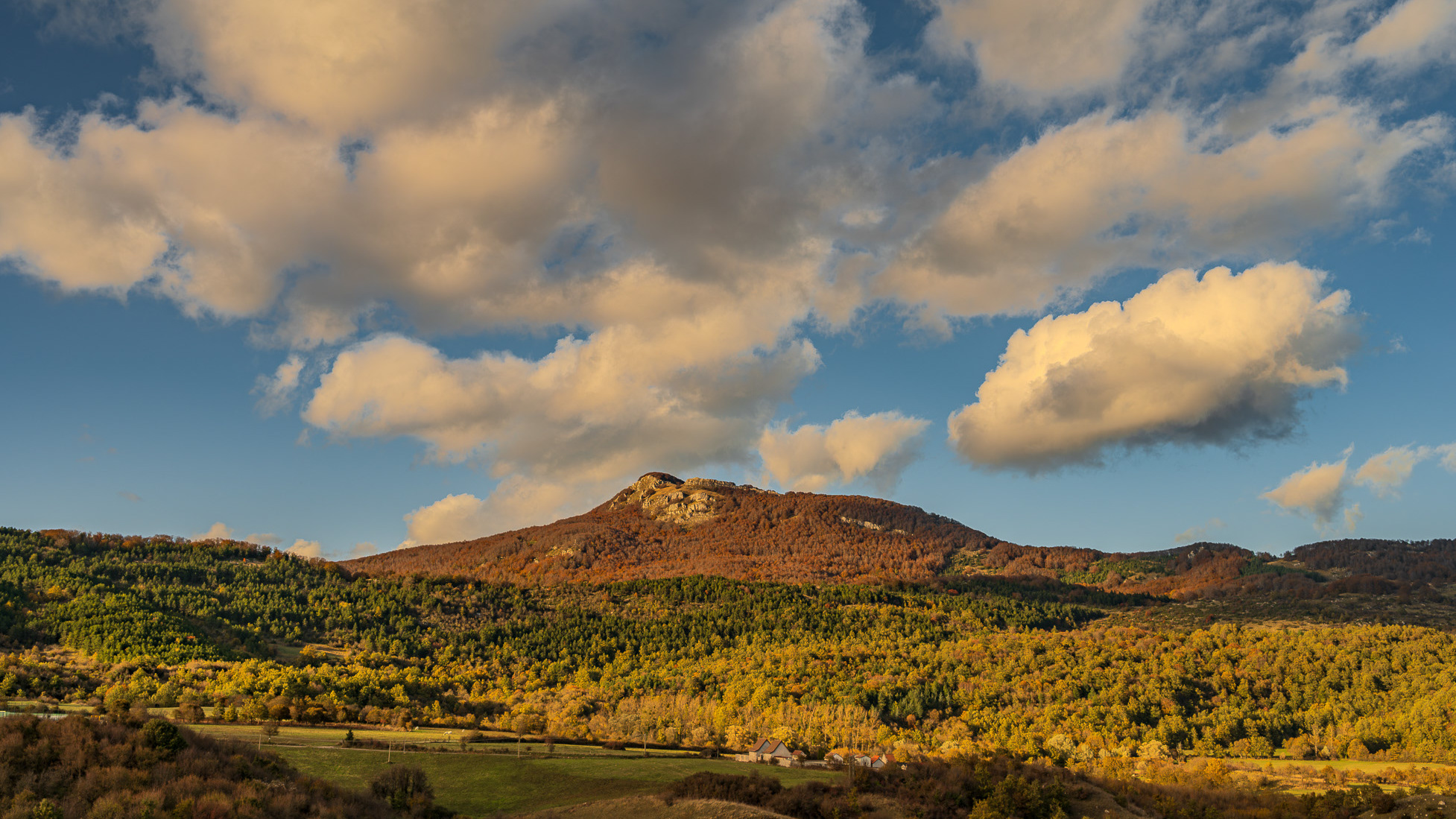
2023
Spectacular autumn landscape
2022
Molise, Italy. Spectacular autumn panorama.
Molise is an Italian region with a stretch of coast overlooking the Adriatic Sea. It includes a part of the Abruzzo National Park in the Appennine mountain range, with a rich wildlife and trails.
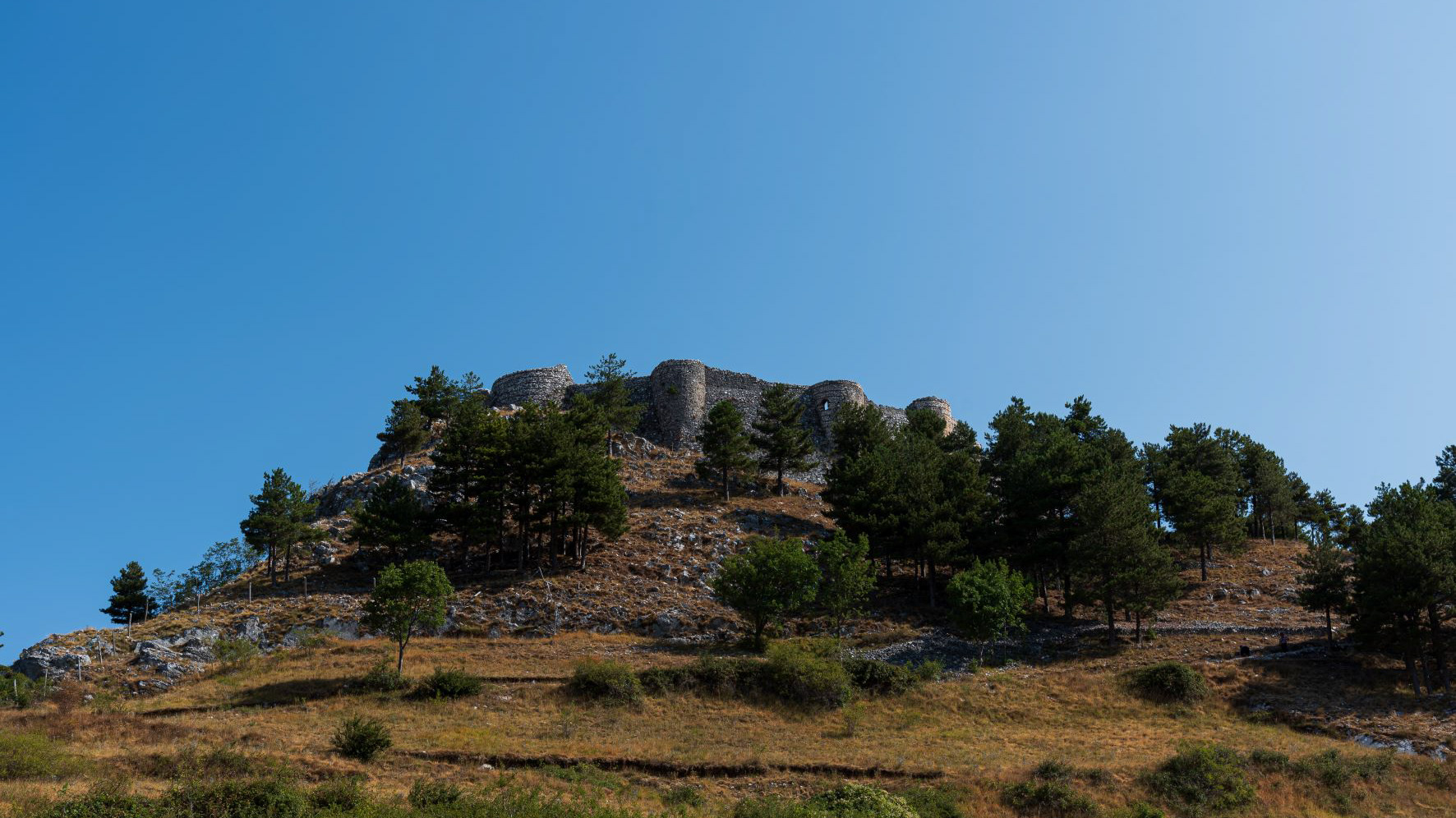
2021
Roccamandolfi. The Norman Longobard Castle
On the top of the hill on which the town is built there are the ruins of a Norman castle built on a pre-existing Lombard fortress, the subject of studies even in recent times.
2022
Isernia. The Sanctuary of SS Cosma e Damiano
The Sanctuary of Santi Cosma e Damiano is located at an altitude of 400 meters. Inside, silver busts of the seventeenth century are venerated with the relics of the two saints inside, always inside two small plaster statues depicting the two saints to whom the sanctuary is dedicated. According to tradition, the sanctuary has existed since 1130, the first official document concerning it, however, dates back to 1523. In fact, in 1130 it seems that a chapel was built in this place, but this statement cannot be supported by any documentation that proves its actual presence. on that date. The current sanctuary as we can see it today dates back to the construction of 1523. Inside, the church has a single nave with a coffered ceiling. The presbytery ends with an apse. A beautiful cycle of frescoes depicting the life of Saints Cosma and Damiano of the Neapolitan school adorns the church. The ceiling was instead made by various artisans of Agnone. Inside the sanctuary we also find a collection of ex-votos that include painted tablets, sheets with inscriptions, photographs, anthropomorphic figurines and other objects.
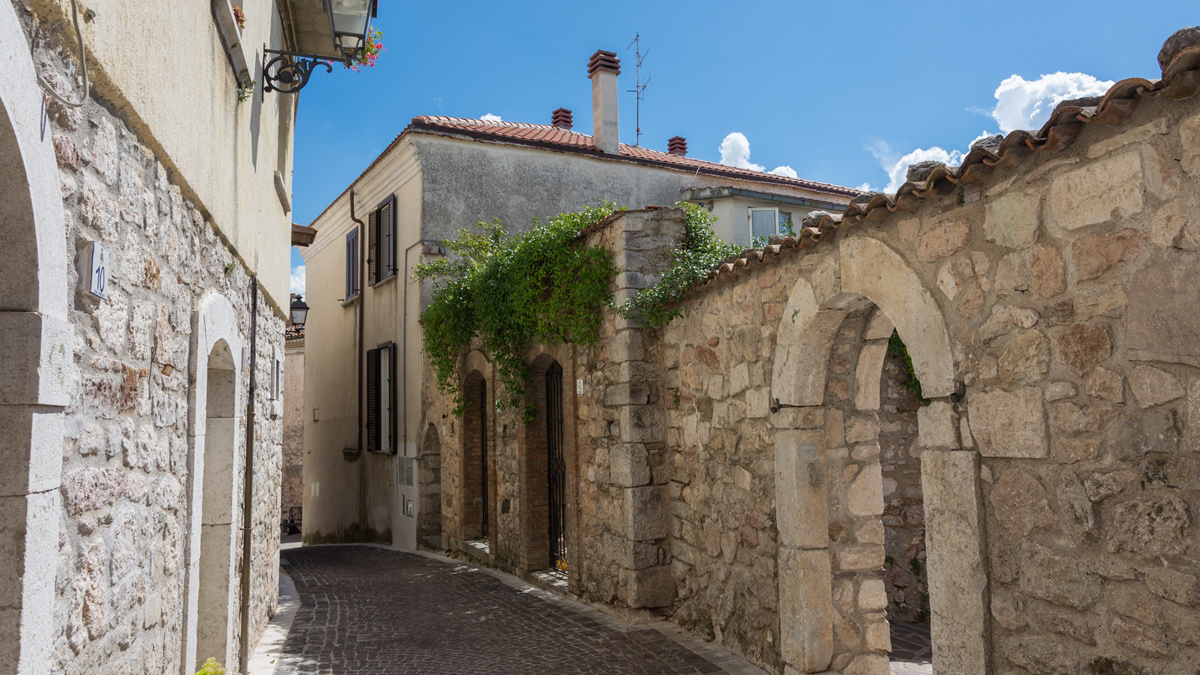
2016
Molise - Fornelli (IS)
Fornelli (Furnièllè in molisano) è un comune italiano di 1.905 abitanti della provincia di Isernia nel Molise. Fa parte del circuito dei Borghi più belli d'Italia. È città dell'olio. Giace in parte su una collina lambita dal torrente Vandra, che confluisce nel Volturno, e in parte sul monte Cervaro, ove supera i 1000 metri. Il nome gli deriva forse da un forno per la produzione di laterizi cotti presente nell'antichità nel paese e al servizio della Badia di San Vincenzo. Fornelli, infatti, è caratterizzato da un terreno ricco di argilla.
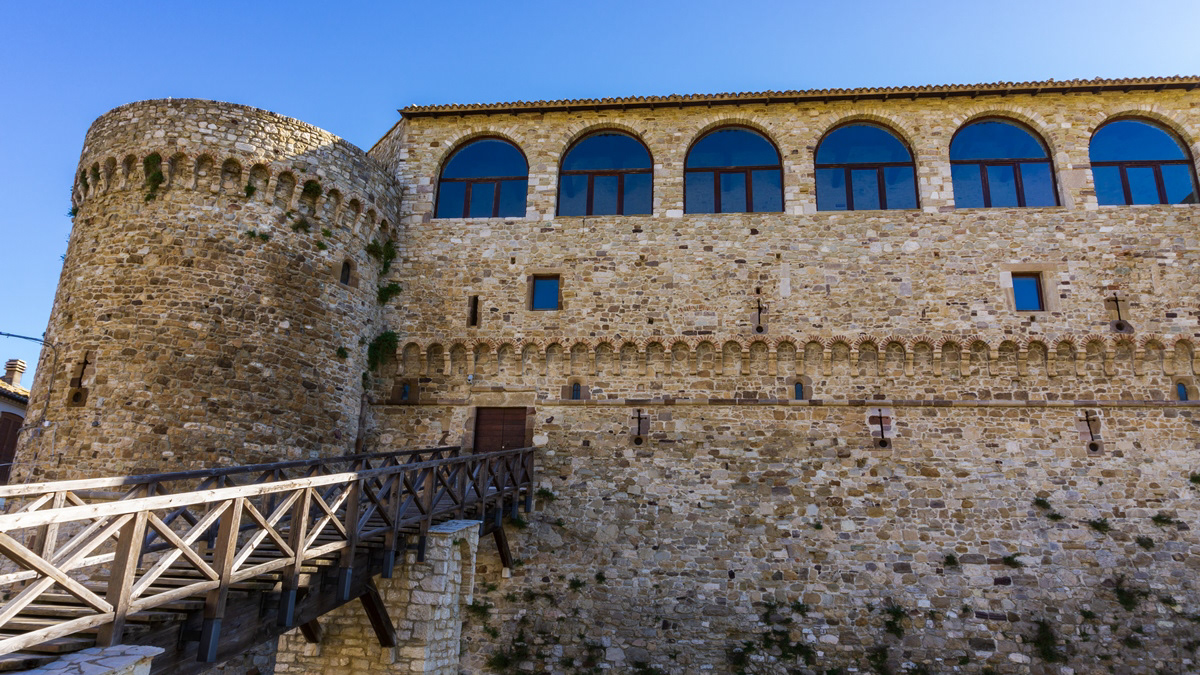
2018
Civitacampomarano (CB), il Castello Angioino
Il castello è il principale monumento della città. Si erge nella parte centrale del paese su un crinale di arenaria, fra i torrenti Mordale, che attraversa la Cavatella, e il Vallone Grande, uno degli affluenti del fiume Biferno. Si sostituì ad una più antica torre di avvistamento, databile probabilmente intorno alla seconda metà del XII secolo e di cui si può ancora vedere il perimetro, messo in evidenza durante gli imponenti lavori di restauro della fine del secolo scorso. L'impianto così come lo vediamo oggi, invece, secondo gli studiosi dovrebbe risalire al XIII secolo, presentando l'edificio degli elementi architettonici tipici dell'epoca, sotto la dominazione angioina. Originariamente di fronte ad esso era posta la chiesa madre, crollata nel 1903 a seguito di uno sfaldamento del costone sul quale si ergeva. Di essa ora resta visibile solo il basamento, mentre il campanile è intatto e funzionante ed è provvisto anche di un orologio i cui rintocchi risuonano ogni quarto d'ora.
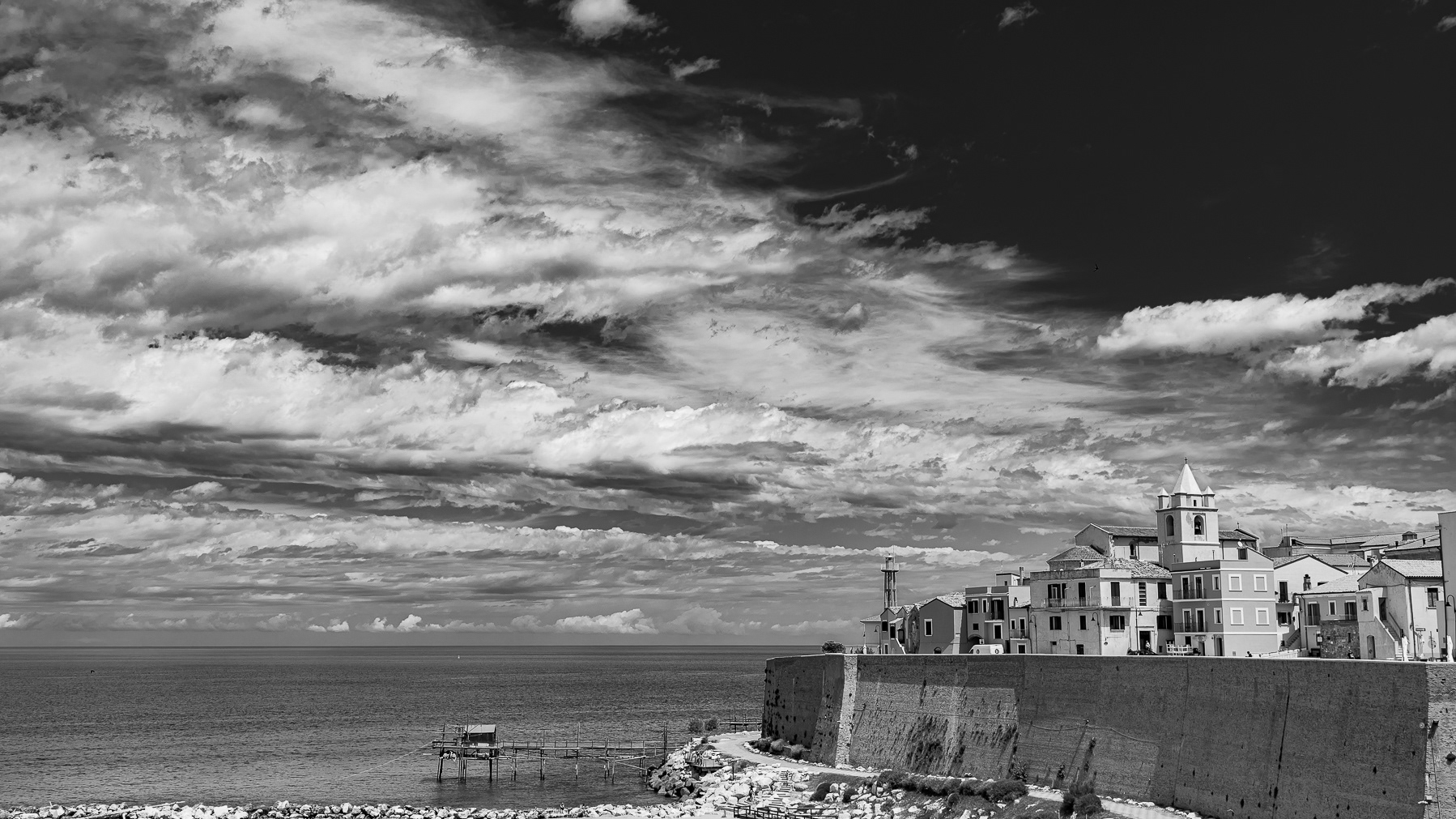
2021
Termoli
Termoli è un comune italiano di 32 953 abitanti della provincia di Campobasso in Molise. Termoli si trova lungo la costa adriatica. Unico porto del Molise, è centro peschereccio, turistico e industriale. Mantieni il borgo medievale chiuso all'interno delle mura che lo separano dalla città moderna.
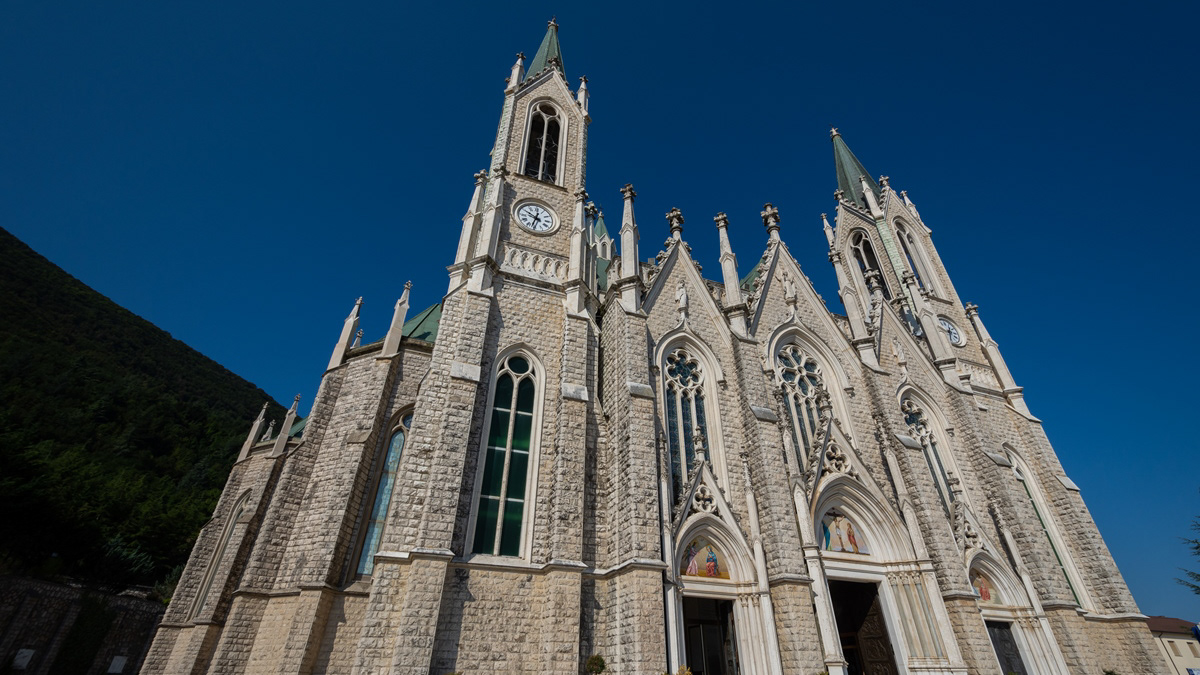
2018
Molise-Castelpetroso (IS) Basilica di M. S. Addolorata
Secondo la testimonianza delle veggenti, la Vergine Maria apparve la prima volta il 22 marzo 1888 a due pastorelle di nome Serafina e Bibiana in località Cesa tra Santi, sulle pendici del Monte Patalecchia. A questa prima apparizione ne seguirono altre e, in seguito al riconoscimento di tale fenomeno, papa Paolo VI ha proclamato Maria Santissima Addolorata di Castelpetroso patrona del Molise il 6 dicembre 1973. Negli anni novanta del XIX secolo, si decise di costruire un santuario presso il luogo delle apparizioni, ma più a valle rispetto a questo, affinché fosse più facilmente raggiungibile dai pellegrini. Il progetto venne affidato a Giuseppe Gualandi, alla cui morte (1944) subentrò il figlio Francesco. Il 28 settembre 1890 venne posata la prima pietra e si diede inizio alla costruzione del santuario. Essa procedette a rilento a causa di problemi economici e delle due guerre mondiali: nel 1907 fu terminata e aperta al culto la cappella dei Polacchi, ma le mura perimetrali della chiesa furono portate a compimento solo nel 1950[2], grazie alle sovvenzioni di don Nicolino Passarelli, canonico teologo della cattedrale di Venafro, avvocato della Sacra Rota e professore. Nei decenni successivi si completò il santuario che venne consacrato il 21 settembre 1975 dal vescovo di Boiano-Campobasso Alberto Carinci.

2018
Isernia, Il convento celestino di S. Spirito
